Menu
Welcome to a series of blogs that is going to teach you how to create the perfect security solution for you. This first blog will leave you with a better understanding of what a CCTV system is, and we’ll take you through the first steps and key considerations of choosing the right solution for you.
CCTV, or closed circuit television is a system that allows you to keep an eye on what’s going on in and around your premises and possibly take action according to what is seen.
CCTV systems are increasingly seen as an important component in a holistic security solution, but it is important to understand that not all CCTV systems are the same.
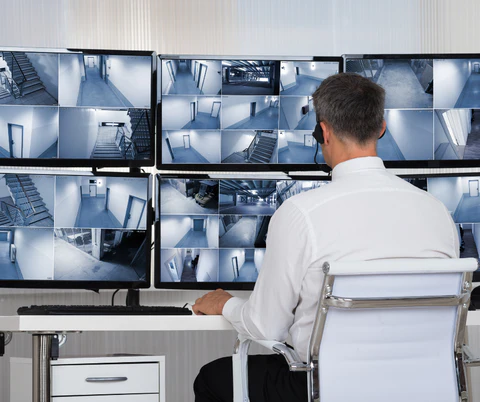
A simple CCTV solution consists of cameras, and a monitor (screen). These enable you to view events live. Most CCTV systems would add a DVR (digital video recorder) or NVR (network video recorder) so that the footage is recorded and can be viewed later. It is important to understand that the amount of footage that can be stored is limited, a small DVR or NVR would only record a few days’ worth of footage, larger DVR’s or NVR’s might keep a few weeks’ worth of footage.
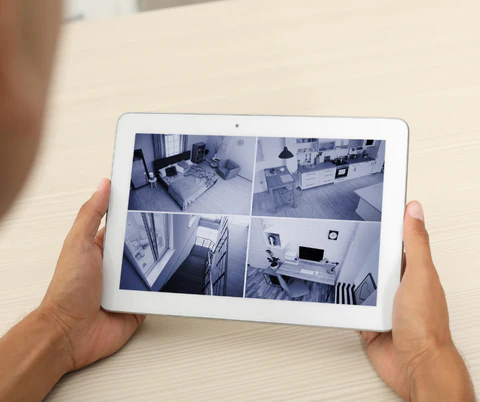
More sophisticated CCTV systems will give you access to an endless menu of features. Some of which could include cloud storage, integration of smart devices- think of controlling your smart lock through your CCTV system, and of course the integration of Computer Vision and AI (artificial intelligence). Simpler AI systems will only detect movement, some may detect specific shapes such as people or cars, and top end AI systems would include more advanced features such as facial recognition or license plate recognition.
Most users want the ability to rewind the footage from their CCTV systems in order to see what happened at a particular time. To do this you will need a DVR (digital video recorder) or an NVR (network video recorder) – more about the differences in a future post. Simple DVR’s will allow you to rewind and replay the footage but usually this will require a lot of time because you might not know when the incident happened, and the recording may not have a time stamp. More sophisticated solutions would have time stamps, or stamps or would show when movement (or people / vehicle depending on the system) was detected.
If you are on a tight budget and don’t specifically need any complicated playback (e.g., time stamped or movement / object detection stamped) then an analog solution would be suitable, but it is important to remember that if you need any additional features at a later stage you will need to replace your entire system as having analog cameras means having an analog system. If you’re looking to start small and upgrade your system over time, you need to keep away from analog cameras and spend the extra money to get digital- it will save you money in the end.
What is the difference between analog and digital cameras?
Analog Security Cameras - work by transforming video signals into waves that can be received and processed by compatible technology. These are television, VCRs, or other types of monitors. Analog cameras can transmit signals wirelessly or through a wired connection.
Pros
Cons
Digital Security Cameras (IP internet protocol cameras) create a digitized version of video signals. It uses a special encoder that contains a built-in web server, letting it act as a network device. This makes these cameras viewable through existing networks, web browsers, and even through the internet.
Pros
Cons
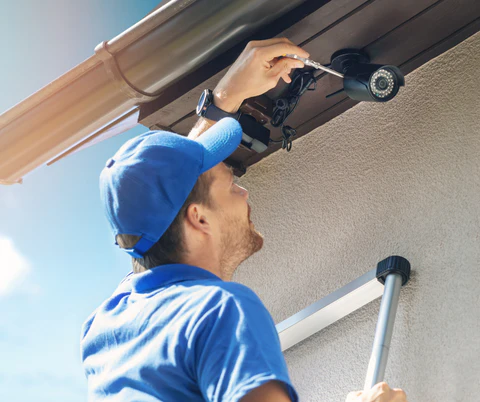
We will be sharing an in-depth guide on installation of your CCTV system but when choosing your system, you do need to keep a few things in for the installation thereof.
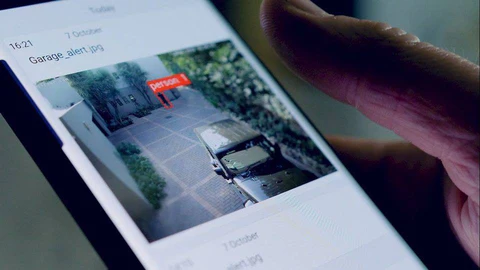
Modern CCTV systems are starting to have some form of AI (artificial intelligence) built in which will send an alert if something is detected. Cheaper solutions will usually base this on some form of movement detection, and whilst this is better than no detection ability it does usually result in a high number of false alerts. More sophisticated CCTV solutions will detect specific objects (people, vehicles, etc.) which reduces the number of false alerts, but these systems are more difficult to set up and maintain.
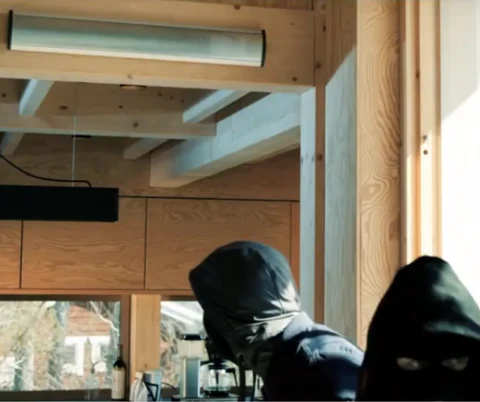
When your system detects a possible threat, it could actually do more than just send an alert, your system could do something as simple as activate an alarm or if you have more proactive countermeasures integrated in your system it could simultaneously activate devices such as The Reaper and The Inferno which uses targeted pepper spray and high frequency sounds respectively in order to actively stop an intruder from entering.
We would encourage anyone interested in installing a CCTV system to contact a professional installer who will guide you to the best solution for their needs and budget. Send us a WhatsApp message on +27 10 900 3917 and we will be happy to assist.